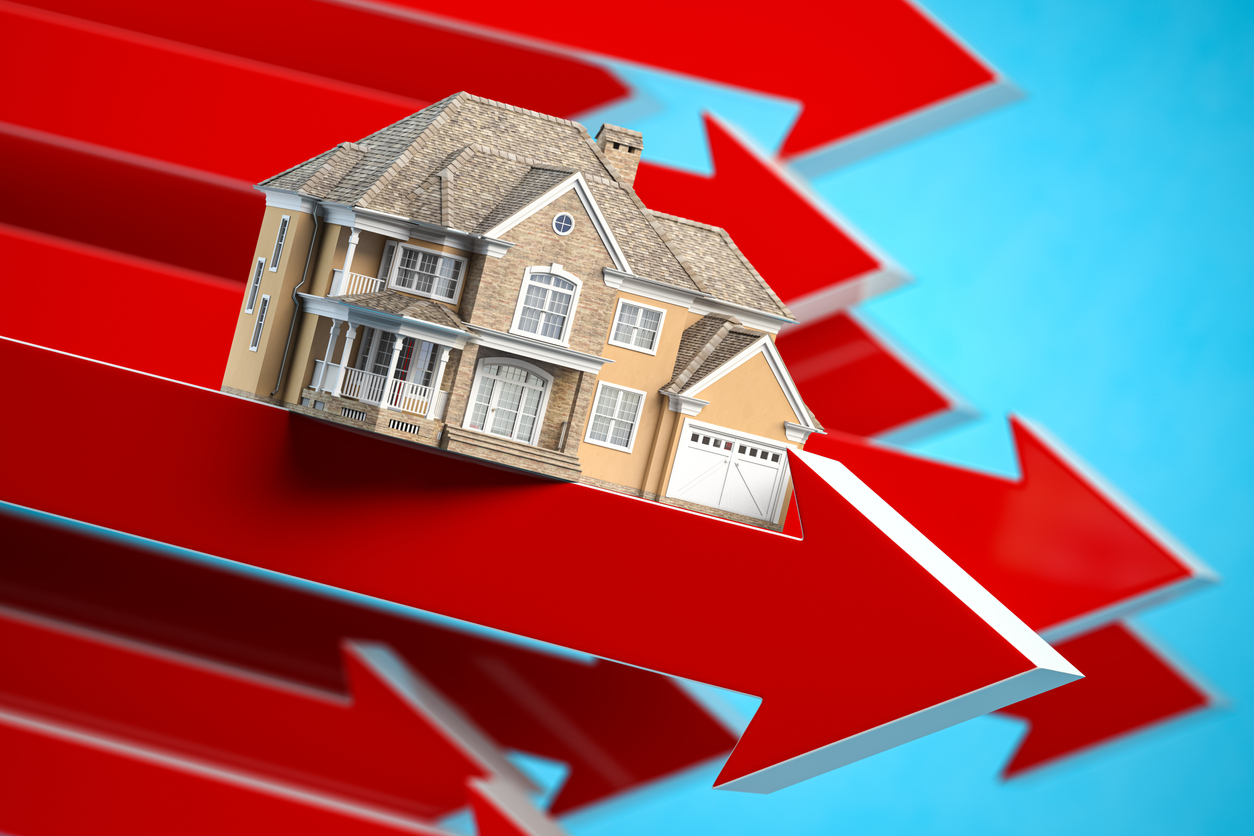— We take our content seriously. This article was written by a real person at BREL.
The Hamilton real estate market statistics for March 2023 have just been released. Here is what you need to know.
1) Supply is tightening up.
March 2023 marked the second month in a row where we observed a significant decline in new listings. New listings this March were down nearly 40% as compared to March 2022. This percentage is higher than we saw in February where new listings were down 30.3% as compared to February 2022. This change is especially noteworthy when compared to January 2023 where the number of new listings was up 23.3% as compared to the number of new listings in January 2022.
The Hamilton residential real estate market had 1.6 months of supply on the market at the end of March. We have not seen a number this low since May of 2022. This reflects the slow but steady decline of the months of inventory since its peak at the end of December when we hit 3.4 months of supply. In fact, December 2023 marked the second highest number we have seen in the past ten years – it was last surpassed in January 2013 when we reached 3.7 months of supply).
2) Prices are rising again
The average sale price for a residential property in Hamilton at the end of March was $793,241. This marks a 20.9% decrease when compared to the average sale price in March 2022. However, we have seen prices on an overall shift upward in 2023. The average sale price at the end of March was 5.6% higher than the average sale price at the end of December 2022.
3) Old habits die hard
We observed an interesting trend at the end of the month. 134 residential sales were reported by the Realtors Association of Hamilton and Burlington over the last week of March. One particular statistic – the ratio of the sale price to the list price – really stood out to us.
The median point of the sale to list price ratio in the last week of March was 100%. Why does this particular piece of super specific, extra nerdy bit of statistics matter to you? In short, it means we are seeing the return of sellers receiving multiple offers and selling their home above the list price. This had been the norm for most of 2021 and the first half of 2022 but it had all but disappeared by the fall of 2022.
4) Fewer price reductions
If you thought we were stats nerds when you read #3 then hold onto your pocket protectors. It’s about to get really, really nerdy over here. As mentioned earlier, we monitor the sale price to list price ratio of recent sales. There is a second type of sale price to list price ratio that we can use to interpret market activity by comparing them to each other. There are basically stats within stats (stats-ception?).
First, we have the sale price to list price ratio (SP:LP). This refers to the list price at the time of the sale. We also have the sale price to original list price ratio (SP:OLP). The SP:LP in Hamilton at the end March 2023 was 99.1% (so houses are selling on average for 99.1% of the list price at the time of the sale). The SP:OLP was 99.2%. The fact that the numbers are virtually identical indicates that sellers aren’t being forced to reduce the price of their home in order to sell it.
5) Buyers looking to purchase a home in Hamilton have not missed the boat
As we mentioned earlier, the supply of new listings is shrinking month to month but the overall inventory available at the end of March was still 41.3% higher than it was last year at this time. Homes in March 2022 were selling on average for 117% of the list price whereas the average SP:LP at the end of March 2023 was under 100%. In short, there is more choice and it is less likely that you will have to bid wildly above the list price.
Keep in mind that we noted that the median SP:LP was right at 100%. Yes, this means that a number of properties have sold for more than the list price, however this also tells us that the number of homes sold for less than the list price is equally high. This is why it is incredibly important to work with a local real estate professional who knows the quirks of the area and also does their homework.
As well, we are still seeing a lot of conditional sales happening. This is great news for buyers as it suggests that buyers continue to be able to do their due diligence to help them make an educated purchase with confidence.
You’re a buyer. What should you do?
- Connect (or reconnect) with your lender or mortgage broker to get an up to date picture of what you can afford in light of the current market and ongoing changes to the interest rates.
- Find a local real estate expert to help you navigate the Hamilton real estate market. This is a market in transition and it is more important than ever to have someone who understands the local market conditions.
You’re a seller. What should you do?
- Start (or continue) to work to get your home looking its best. Need some ideas? Check out our recent blog post, “How to Improve the Value of Your House (even if you aren’t selling it)”
- Connect (or reconnect) with a terrific local real estate agent to help you determine the best time to sell your home based on both your needs and the trends in the Hamilton market
Did you know we have our own resident Hamiltonian who eats, breathes, and sells all things Hamilton real estate? Meet Kellye

